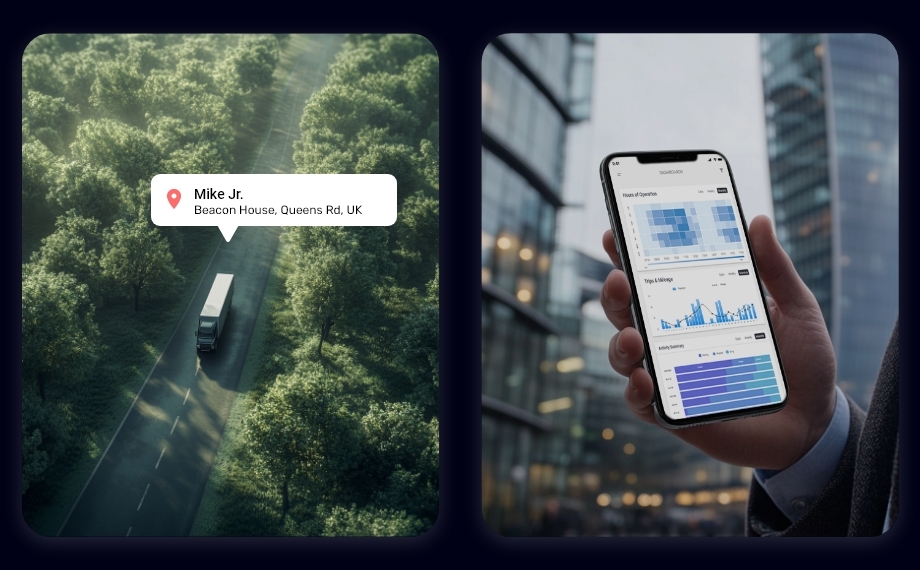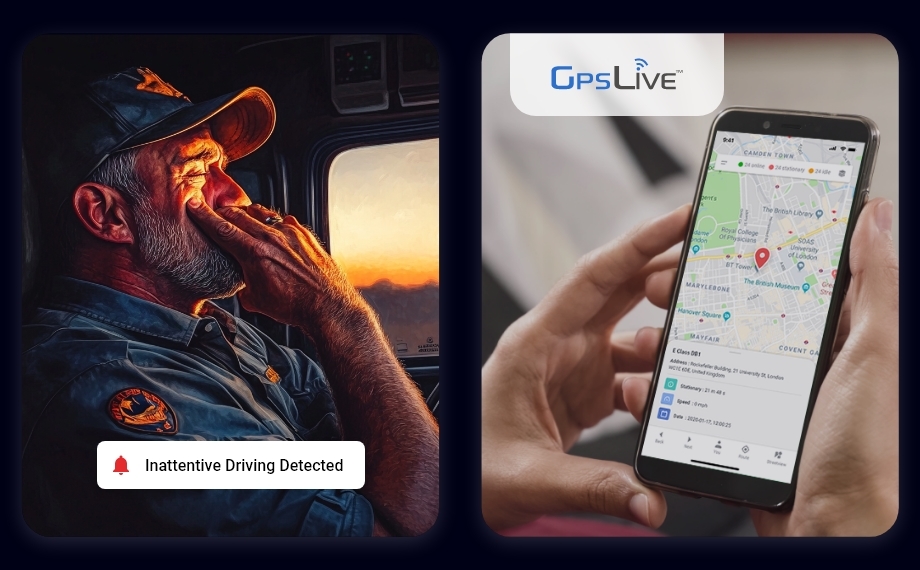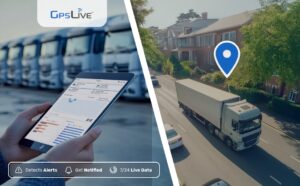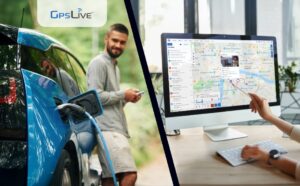Driving can be fun and joyful for many people. Indeed, escaping the city’s crowded streets to a quieter place feels therapeutic. And if you’re a group travelling together, it is double the fun.
But sometimes, such added fun can become dangerous with distracted driving. As the number of vehicles is increasing on the road, so are distracted driving concerns. In fact, distracted driving is one of the major causes of accidents and fatalities.
What is Distracted Driving?
Any activity that can take away drivers’ attention is distracted driving. Distracted driving is of 3 types–visual, manual, and cognitive. Visual distractions are taking your eyes off the road. This includes changing the radio station, checking yourself in the mirror, etc. Manual distraction involves taking hands off the wheel while driving, such as eating or drinking, using mobile phones, etc. Cognitive distraction is when your mind is elsewhere and not focused on driving; for example, drunk driving, replying to a text message, taking photos, etc.
According to the National Highway Traffic Safety Administration (NHTSA), around 3,522 people die due to distracted driving every year, taking 8 lives per day. Around 20% of injuries in car accidents are due to some form of distraction.
It might sound hard to believe, but taking your eyes off the road for even 2 seconds can double the chances of a car crash. The use of mobile phones is one of the significant causes of distracted driving, especially texting while driving. While hands-free driving technology is trying to mitigate the challenges of distracted driving, it doesn’t offer substantial benefits.
Risks of Distracted Driving
The US Department of Transportation states that mobile phone use behind the wheel increases the risk of an accident by 23x. Let’s check out some of the risks associated with distracted driving.
Lowered Productivity: If you’re focusing on replying to a text or changing to your favourite radio station, you’re affecting your driving performance. You might have to reduce the speed, affecting the overall drive experience. In some way, it hampers your productivity.
Penalties and Fines: As smartphones have become a leading cause of accidents, governments across countries have imposed strict fines for people using mobile phones while driving. No matter how important it is to answer a call or reply to a text, pull over the car, and do the needful. Or else you might have to pay hefty fines.
Poor Reputation: Getting penalised multiple times can harm your driving record, suspending your licence. Fleet businesses might suffer a bad reputation if their drivers are punished for distracted driving, affecting customer service and new business development.
Collisions and Accidents: The most dangerous risk of distracted driving is an accident. Sometimes, these accidents can be life-threatening. It is risky not just for the driver but also other passengers in the car and on the road. You might have killed someone just to get a good picture while driving.
How to Prevent Distracted Driving?
While you might enforce safe driving practices, how do you ensure your family members are not distracted? Or how can fleet managers ensure that their drivers are not involved in distracted driving? Enter Dash Cameras!
A dash camera is a small camera attached on the car’s dashboard that records everything happening on the road. However, a dual-facing camera that records inside the cabin proves helpful in reducing distracted driving.

Modern dual-facing dash cameras are AI-powered cameras that detect distracted driving behaviours like yawning, use of cellphones, eating, etc., and alert drivers and fleet authorities in real-time. Drivers can take a break if they’re tired, eat lunch, and then resume driving.
Additionally, the dash camera also alerts on lane departures–when the vehicle is not following the desired lane. Typically, this happens when either the driver is under the influence of alcohol or eating with hands not on the wheel. Fleet managers can take immediate action if drivers are not driving responsibly and ensure safe operations.
One of the significant dashcam benefits is that it provides unbiased video footage of the entire trip. Some dash cameras even offer a live streaming feature to check the real-time recording of certain vehicles. Fleet managers can view video evidence remotely to ensure drivers are not engaged in distracted driving or illegitimate activities.
They can even use video footage for driver training activities and impart driving tips to coach drivers for responsible driving. Besides, here are some essential tips to stay focused on the road.
- Avoid the use of the phone while driving. If it is important, pull the car over, talk or text, and then resume driving.
- Avoid multitasking: Don’t use your hands to hold a burger coffee, or click photos when driving. Stop at an eatery to eat instead of multitasking and ensure both hands are on the wheel.
- Stay focused: Take a break if you’re tired or sleepy. Don’t stress much about reaching on time.
Conclusion
Distracted driving can be fatal and bring harmful consequences for other passengers. It is critical to stay focused and ensure road safety. Dash cams can help drivers mitigate distracted driving risks and promote responsible driving. With real-time alerts, we can save ourselves and other passengers from distractions that can be harmful.


